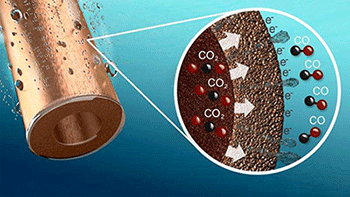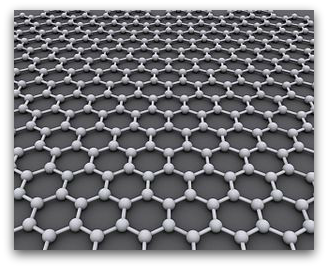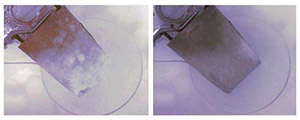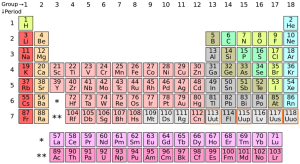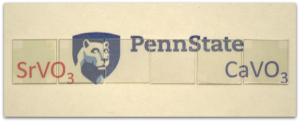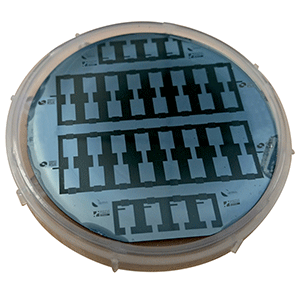
ECS members have found a way to embed a supercapacitor energy storage device in a silicon wafer of a microchip.
Image: Drexel University.
More than half a decade of research has revealed that carbon films can give microchips energy storage capabilities.
An international team, led by ECS members Yury Gogotsi and Patrice Simon, has confirmed their process for making carbon films and micro-supercapacitors that will allow microchips and their power sources to become one and the same.
(MORE: Read additional publications by Gogotsi.)
“This has taken us quite some time, but we set a lofty goal of not just making an energy storage device as small as a microchip—but actually making an energy storage device that is part of the microchip and to do it in a way that is easily integrated into current silicon chip manufacturing processes,” Simon said. “With this achievement, the future is now wide open for chip and personal electronics manufacturers.”
(MORE: Read additional publications by Simon.)
This research proves that the versatile films can be seamlessly integrated into systems that power silicon-based microchips, providing the ability to power items from laptops to smart watches.
“The place where most people will eventually notice the impact of this development is in the size of their personal electronic devices, their smart phones, fitbits89 and watches,” Gogotsi said. “Even more importantly, on-chip energy storage is needed to create the Internet of Things – the network of all kinds of physical objects ranging from vehicles and buildings to our clothes embedded with electronics, sensors, and network connectivity, which enables these objects to collect and exchange data. This work is an important step toward that future.”
This from Drexel University:
The researchers’ method for depositing carbon onto a silicon wafer is consistent with microchip fabrication procedures currently in use, thus easing the challenges of integration of energy storage devices into electronic device architecture. As part of the research, the group showed how it could deposit the carbon films on silicon wafers in a variety of shapes and configurations to create dozens of supercapacitors on a single silicon wafer.
Read the full article.
The carbon films also have the potential to have applications in dynamic seals, gas filtration, and water desalination or purification.
